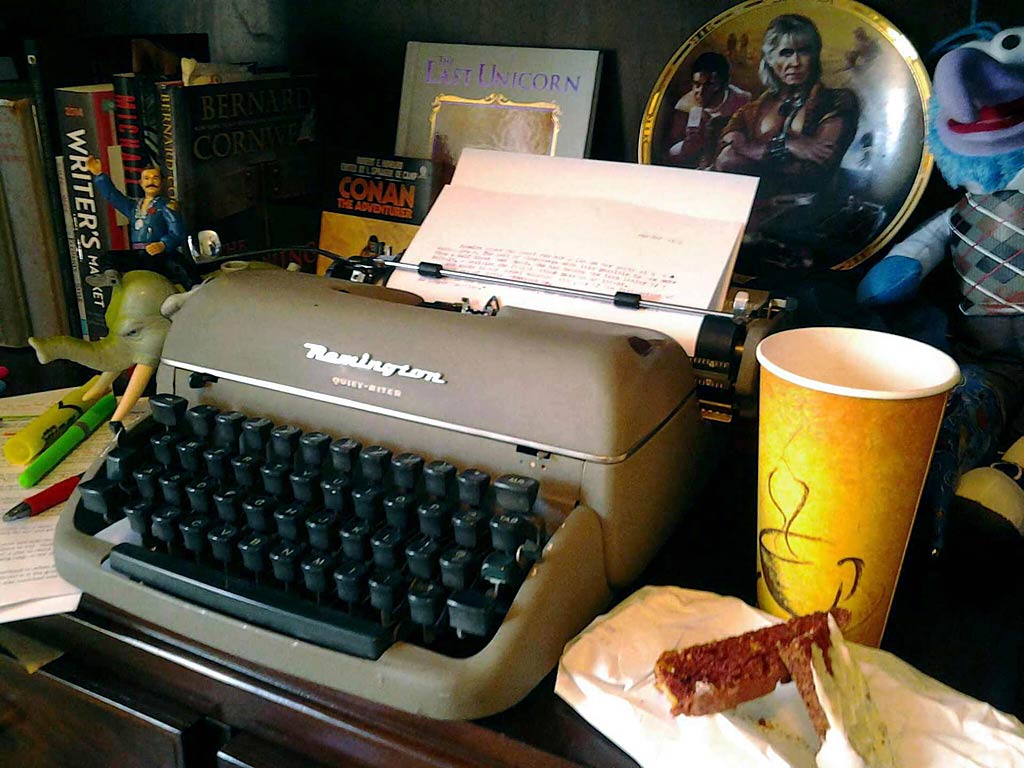Lot’s of movies have powerful, emotional talking head scenes like this:
https://www.youtube.com/watch?v=qM-gZintWDc
It works in a movie because of:
- a) Good Acting (emotionally charged delivery of dialogue with good timing).
and, - b) the incredible amount of subtext and nuance in the hundreds of individual frames we’re watching.
A slight change in a brow, a eye movement that slips away, a lip that curls… These elements gives us something to watch, analyze, absorb and understand.
Since we all grew up with movies, many writers believe they can captivate a reader with a similar setup in a comic book. These writers don’t even give it a second thought, ok I’ll just have these guys discuss the plot for 8 panels–I’m a good writer and these two have a lot to say.
If you’ve read the Working Writer’s Guide, or follow me online, you know I carry a strong disdain for Talking Heads in comics.
Even when you manage to pull them off, it‘s real estate that could have been put to better use. And comics are all about writing as efficiently as you can and getting the biggest bang for your buck with every page.
If you absolutely need to tackle talking heads in your script you MUST consider and AMP UP the four essential elements of every comic panel.
Buy the book for the breakdown on that (it’s too long to go into here), but also make sure;
- The participants are actually doing something.
- Don’t just cut back and forth with the same camera angles.
- And finally use the background, make it another character in the scene.
If you do ALL of that, you should be able to hold the reader’s attention to get through the scene…
But really, this is comics…
the only limitations is your imagination…
So smack that brain of yours around and come up with something more engaging.
// One thing that I do want to point out here, is that the video clip isn’t actually the best showcase of talking heads–why? Because the Williams/Damon scene is an emotional high point. Talking heads in comic completely breakdown the narrative when they’re carrying low emotional or mundane content (which sadly, is often the case). // ▪
About the Author —
Nick Macari is a full-time freelance story consultant, developmental editor and writer, working primarily in the independent gaming and comic markets. His first published comic appeared on shelves via Diamond in the late 90’s. Today you can find his comic work on comixology, amazon and in select stores around the U.S. Visit NickMacari.com for social media contacts and news on his latest releases.
For more tips, bookmark the writing craft page. For all the tips buy the book.
Show your support by sharing the writing craft page on your social media.

2 thoughts on “Works in the Movies, Not in Comics”
Comments are closed.